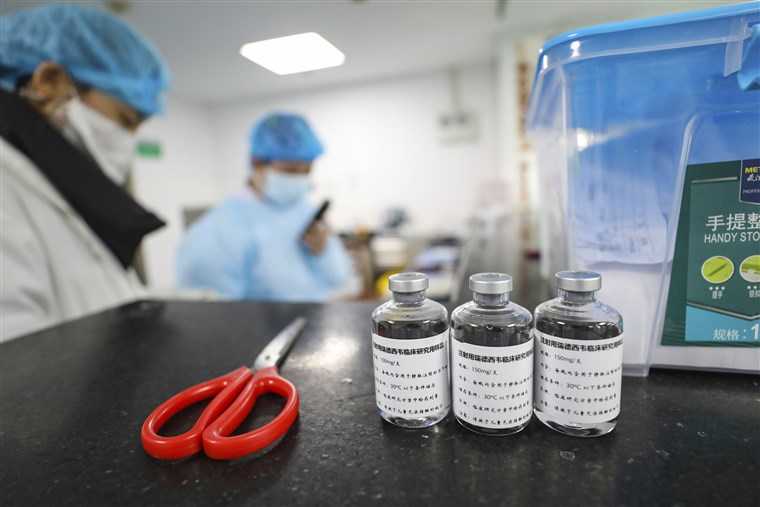CoVID-19 stands for CoronaVirus Disease 2019, a respiratory disease caused by a viral infection of the virus SARS-CoV-2. “Corona” as in crown, is named for its crown-like spikes on the surface of the virus. These spikes act like a key that locks onto the proteins found outside of the human cells. The virus then enters the cell and hijacks it. The virus gives Instructions to the cell in the form of RNA to replicate and make more copies of itself. As more viruses are reproduced, the person becomes infected and starts spreading to other people. The virus spreads through droplets when an infected person sneezes, coughs, or talks and it can enter other humans directly through the eyes, nose or mouth. The virus can also live on many surfaces for hours, so people can be picked up by hands and infect themselves when they touch their faces. Patients with CoVID-19 present with common symptoms like fever, cough, fatigue. Other symptoms include shortness of breath, sore throat, loss of appetite, diarrhoea, loss of smell sensation and lack of taste. What makes CoVID-19 worse than SARS is that an infected person can be spreading the virus and remain asymptomatic for up to 2 weeks. As a result, more people become infected with the virus and hospitals are struggling to cope with the exponential increase of cases. The need for a cure has never been more in demand, and intensive clinical trials are being conducted all over the world. Recently, news that a drug called chloroquine may be a potential treatment for CoVID-19. But is there a real tangible connection between chloroquine and COVID-19?
Chloroquine is an anti-malarial drug that is usually used to prevent and treat malaria. Another anti-malarial drug tested is hydroxychloroquine. To date, there is mixed data on the usage of chloroquine or hydroxychloroquine as an effective treatment for CoVID-19. One study found that both chloroquine and hydroxychloroquine inhibit SARS-CoV-2 in the lab but the data is limited. Another open-label study reported an increased rate of undetected SARS-CoV-2 RNA on the nasopharyngeal samples after taking chloroquine for 6 days as compared to those with no treatment. In that study, a dose of 200mg three times per day for 10 days was given. Furthermore, an unpublished randomised trial of patients with mild CoVID-19 infection noticed that by adding hydroxychloroquine to the standard of care, improvement in fever, cough and chest X-ray findings were slightly faster and may have a lower risk of progressing into a severe acute respiratory infection. However, a randomised trial in Shanghai involving 30 adults found no difference in viral clearance between the groups treated with hydroxychloroquine and standard of care. Another unpublished randomised, controlled trial also reported that the addition of hydroxychloroquine to the standard of care did not improve the symptoms of the rate of viral clearance. No clear benefit has been found in using anti-malaria drugs for CoVID-19.
The major concern of chloroquine or hydroxychloroquine is the potential side effects and toxicity. One trial comparing the doses of chloroquine for CoVID-19 was stopped because of a higher mortality rate in the higher doses group. For side effects, these anti-malarial drugs can cause prolonged QT that can lead to cardiac arrest. Other risks include problems with the eyes and skin.
The optimum dosage of chloroquine and hydroxychloroquine is uncertain. Presently, the suggested dose by FDA for chloroquine is 1g on the first day, followed by 500mg daily for 4 to 7 days depending on clinical response. For hydroxychloroquine, 400mg twice daily for 2 doses, then 400mg daily for 5 days. It may be reasonable to stop the oral medication if patients have recovered enough to be discharged.
Bottom line, there is currently insufficient data to establish the role of chloroquine or hydroxychloroquine in the treatment of CoVID-19. Due to its potential side effects and toxicity, patients taking these drugs should be monitored closely. As of March 2020, no agent has yet been proven effective for CoVID-19, including remdesivir, chloroquine, hydroxychloroquine, interleukin06 pathway inhibitors and convalescent plasma. More intensive clinical trials and research are still on-going.



